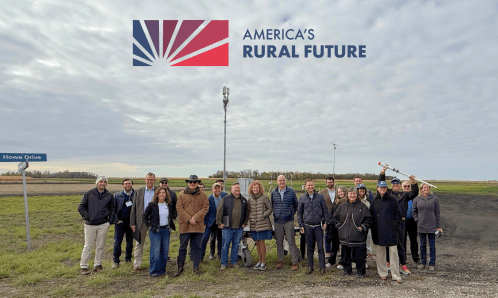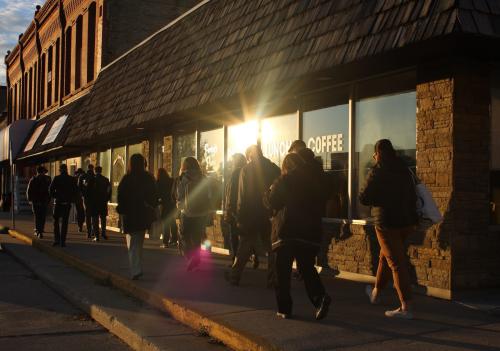Findings
An analysis of the growth and location of the foreign born in the Washington metropolitan
area between 1980 and 2000 finds that:
- The Washington metropolitan area
attracted 575,000 immigrants
between 1980 and 2000 and has
become a major destination for immigrants
to the United States. By 2000, 832,016 immigrants made up some 17
percent of the region’s population, making
the area the seventh-largest immigrant
gateway in the United States.
- During the 1990s, the largest numerical
gain of immigrants occurred in
the inner suburban counties, while
the largest proportional increase was
in the outer counties. Montgomery, Fairfax, and Prince George’s counties
together gained nearly 250,000 immigrants,
for an increase of 72 percent.
Immigrants in the outer counties,
including Loudoun and Prince William,
grew by 160 percent with a gain of
nearly 50,000 foreign-born residents.
- New immigrants made up nearly half
of the overall population growth in the
Washington metropolitan region in the
past decade. Remarkably, some 47.5 percent
of Washington’s foreign born arrived in the decade. This influx has accounted
for a majority of inner suburban population
growth and offset some of the
District of Columbia’s population losses.
- Three-quarters of all immigrants in
greater Washington come from a
diverse group of 30 origin countries. El Salvador tops the list of origin countries
with more than 100,000 residents
counted in 2000, or 12.6 percent of the
foreign-born population. Overall, 39 percent
of the region’s immigrants come
from Latin America and the Caribbean,
36 percent are from Asia, 12 percent
from Europe, 11 percent from Africa, and
2 percent from other countries.
- The majority of the region’s immigrants
report a good command of the English
language, with one in six speaking only
English and 62 percent speaking English
well or very well. This high rate of
English proficiency exceeds that in all of the other large immigrant metro areas.
At the same time, more than one-quarter
of the foreign born in the more densely
populated immigrant areas of Arlington,
Alexandria, and the District say they cannot
speak English well, or at all.
- The region’s immigrants primarily live
in moderate and high income neighborhoods,
not the poorest. Not all indicators
are positive, however, as 10.6
percent of immigrants live in poverty.
Immigration has indelibly altered the Washington region. Its heterogeneous nature—in
terms of national origin, settlement patterns, language ability, and economic status—poses
unique challenges, particularly in areas of immigrant concentration. How these challenges
are met, especially in light of a languishing economy and the immigration impacts of
September 11, will influence whether the region remains a home and employment center
for immigrants.
The Brookings Institution is committed to quality, independence, and impact.
We are supported by a diverse array of funders. In line with our values and policies, each Brookings publication represents the sole views of its author(s).


